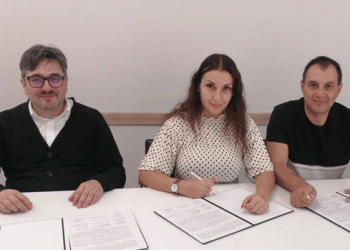Potato farming is a vital industry that provides essential food resources worldwide. However, potato crops are susceptible to various diseases that affect their yield and quality. One of these diseases is the Potato virus A (PVA), which causes significant damage to potato crops. This article aims to explore the causes, symptoms, and consequences of PVA on potato farming.
Potato Virus A (PVA) is a widespread plant virus that can cause severe damage to potato crops worldwide. According to recent studies, PVA infections can lead to a significant decrease in potato yield and quality. The virus can also affect the appearance of the potato tubers, making them unsuitable for sale or consumption.
PVA spreads through contaminated seed tubers, infected machinery, or via aphids, which are the most common vectors. The virus initially infects the leaves of the potato plant, leading to the formation of mosaic patterns, yellowing, or necrotic spotting. As the virus spreads throughout the plant, it can cause stunted growth, reduced tuber size, and lower yields.
Preventing the spread of PVA in potato farming is crucial to maintain crop productivity and quality. Some methods of PVA control include the use of certified seed tubers, proper sanitation of machinery, and implementing insecticide control programs to prevent aphid transmission. Additionally, farmers can also employ cultural practices like crop rotation, which can help reduce the spread of PVA and other diseases.
In conclusion, the Potato virus A (PVA) is a significant threat to potato farming that can cause significant losses in crop yield and quality. However, farmers and researchers are continually developing new methods and technologies to control and manage the spread of the virus. By implementing proper prevention and control strategies, potato farmers can protect their crops and ensure a sustainable potato production for years to come.
#PotatoVirusA #PVAsymptoms #PVApotatoyield #PVAcontrol #potatofarming #agriculture #cropdiseases #plantvirus








